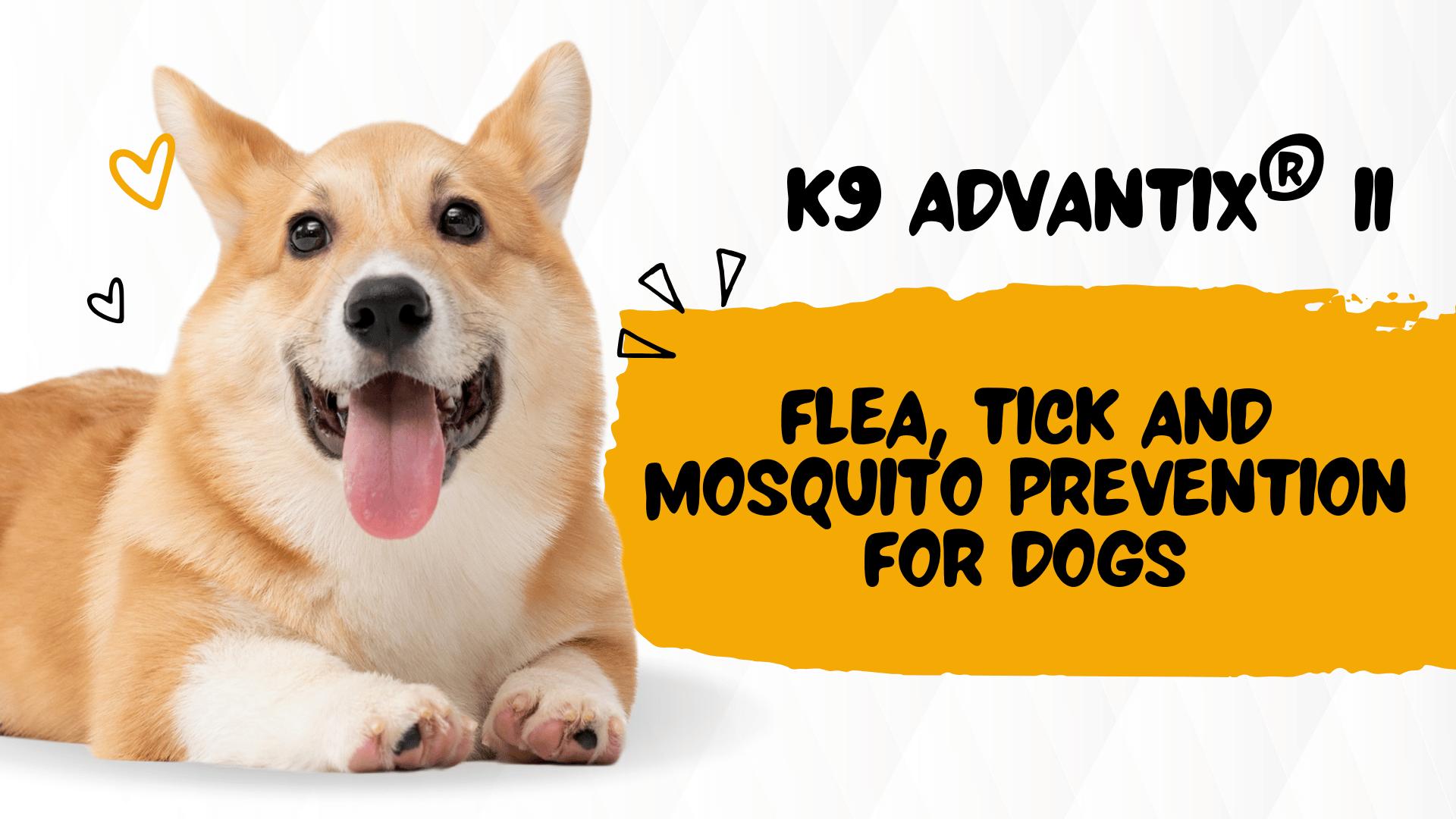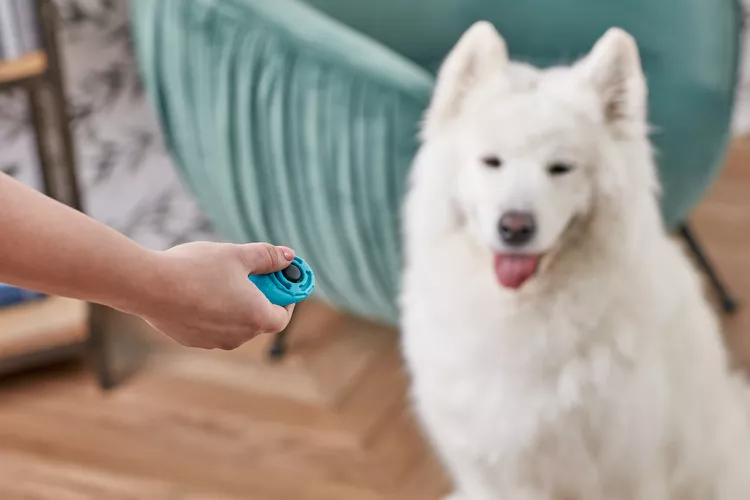Frontline vs Advantix for Dogs: Comparing Flea and Tick Protection
Pet ownership comes with a host of responsibilities, and among the highest priorities is ensuring our furry companions are safe from pests like fleas and ticks. These parasites not only cause discomfort to dogs but can also lead to several health issues, ranging from skin irritations to serious diseases.
Frontline and Advantix are two of the leading products in the marketplace, both claiming to offer effective solutions. Understanding their differences, similarities, and specific uses can help pet owners make informed decisions about their dog’s health and know which is better advantix or frontline product.
Introduction to Frontline and Advantix
Frontline and Advantix are both topical treatments applied directly to a dog’s skin, typically between the shoulder blades. They share the goal of killing and repelling fleas and ticks but use different active ingredients and mechanisms to achieve these effects.
- Frontline: Manufactured by Boehringer Ingelheim, Frontline products primarily use Fipronil and (S)-methoprene to combat fleas and ticks. Frontline Plus and Frontline Gold are the most popular variations, offering additional protection through enhanced formulations.
- Advantix: Produced by Bayer, Advantix—also known as K9 Advantix II—uses a combination of Imidacloprid, Permethrin, and Pyriproxyfen. This trio targets various stages of flea development and also repels other pests such as mosquitoes and lice.
Efficacy Against Fleas
Frontline:
Frontline products claim to start killing fleas within 12 hours of application. The active ingredient, Fipronil, attacks the flea’s nervous system, leading to its paralysis and death. The additional component, (S)-methoprene, acts as an insect growth regulator (IGR), preventing the development of flea eggs and larvae, which curtails the lifecycle and proliferation of fleas.
- Pros:
- Effectiveness begins within 12 hours.
- It offers lasting protection for up to 30 days.
- Controls all life stages of fleas, including eggs, larvae, and adult fleas.
- Cons:
- Fleas must come in contact with the dog’s skin to be affected.
- Some resistance has been reported in areas with heavy flea populations.
Advantix:
K9 Advantix II also starts working rapidly, often killing fleas within 12 hours. Imidacloprid affects the flea’s nervous system similarly to Fipronil, causing paralysis and death. Permethrin and Pyriproxyfen add value by killing fleas and preventing eggs and larvae from maturing, respectively. The product also repels fleas before they have a chance to bite.
- Pros:
- Begins killing fleas within 12 hours.
- Repels and kills mosquitoes and other biting insects.
- Effective for up to 30 days.
- Prevents flea infestations by acting on all life stages.
- Cons:
- Higher toxicity to cats, needing careful segregation in multi-pet households.
- Some dogs may experience sensitivities or allergic reactions.
Efficacy Against Ticks
Frontline:
Fipronil in Frontline kills ticks by disrupting their central nervous system, leading to hyperexcitation and death. This effectiveness applies to several tick species including the Brown Dog Tick, American Dog Tick, Lone Star Tick, and Deer Tick, which are vectors for diseases like Lyme disease and Rocky Mountain spotted fever. Frontline also claims to kill ticks that are already attached within 48 hours.
- Pros:
- Effective against a broad range of tick species.
- Starts working quickly after application.
- Long-lasting protection, up to 30 days.
- Cons:
- Ticks need to attach to the dog to be killed.
- Some resistance has been observed in highly endemic areas.
Advantix:
The permethrin and imidacloprid combination in Advantix is particularly potent against ticks, beginning action within 12 hours and leading to paralysis and death by affecting their nervous system. Pyriproxyfen ensures that juvenile ticks do not mature. In addition to killing ticks, Advantix repels them, significantly reducing the chance of them biting and transmitting diseases such as Ehrlichiosis or Anaplasmosis.
- Pros:
- Repels and kills ticks before they attach.
- Effective against multiple tick species.
- Provides protection for up to 30 days.
- Cons:
- Highly toxic to cats.
- Some dogs may experience sensitivities, particularly on first use.
Application and Administration
Both Frontline and Advantix are available in easy-to-apply spot-on formulations. Here’s how their application compares:
- Frontline:
- Typically comes in a pre-measured pipette.
- Applied directly between the shoulder blades, parting the dog’s fur to ensure it reaches the skin.
- Spreads over the body through the oils in the dog’s skin and hair follicles, providing all-over protection.
- Advantix:
- Likewise available in pre-measured pipettes.
- Applied similarly between the shoulder blades and along the dog’s back for larger doses.
- Requires careful application to avoid contact with cats, due to its higher toxicity.
Safety and Side Effects
Frontline:
Generally, Frontline is well-tolerated by dogs. It is approved for use on dogs 8 weeks and older and is safe for pregnant and lactating dogs.
- Possible Side Effects:
- Mild skin irritation at the site of application.
- Rarely, dogs may experience gastrointestinal upset if they manage to ingest the product.
Advantix:
K9 Advantix II is also safe for use on dogs 7 weeks and older. However, due to the presence of permethrin, it should never be used on cats or on dogs cohabitating closely with cats.
- Possible Side Effects:
- Localized skin irritation or redness.
- Hypersensitivity reactions, although rare, can occur.
- Potentially toxic if ingested by cats.
Cost
While both Frontline and Advantix are competitively priced, variations may occur depending on the region, current promotions, and package size. Generally, the monthly cost can range from $15 to $20 per dose.
Customer Reviews and Satisfaction
Both Frontline and Advantix have broad user bases with generally positive reviews. Pet owners regularly cite each product’s efficacy in managing flea and tick infestations and appreciate the once-a-month dosing.
- Frontline Reviews: Users frequently commend Frontline’s ease of use and reliable protection, though some note decreased effectiveness in areas with heavy flea activity.
- Advantix Reviews: Advantix enjoys praise for its rapid action and repellant properties, though concerns about skin sensitivity and its toxicity to cats are common.
Final Recommendation
Choosing between Frontline and Advantix largely depends on individual circumstances, such as the presence of other pets (particularly cats), the specific pest pressure in the region, and any known sensitivities the dog might have.
- Frontline may be the better choice for multi-pet households or dogs with known sensitivites, as it is safe for use around cats and has a lower likelihood of causing skin irritation.
- Advantix may be the better choice for dogs in high-risk areas for tick-borne diseases or those with heavy flea infestations, as its repellant properties can provide added protection. However, extra care must be taken to avoid contact with cats or sensitive dogs.
Ultimately, consulting with a veterinarian can help determine which product is the best fit for your dog’s needs. Both Frontline and Advantix are effective options that can keep your furry companion protected from fleas and ticks all year round. So don’t wait any longer – choose one of these top rated products and give your dog the protection they deserve! Keep those pesky pests at bay and give your dog the chance to bite back. It’s time for a happier, healthier, flea and tick-free life for both you and your furry friend! Happy treating!
- Note: This is not an endorsement of either product, but rather a comparison of their features and effectiveness based on available information. Always consult with a veterinarian before making decisions about which products to use on your pet.







Leave a Reply
You must be logged in to post a comment.